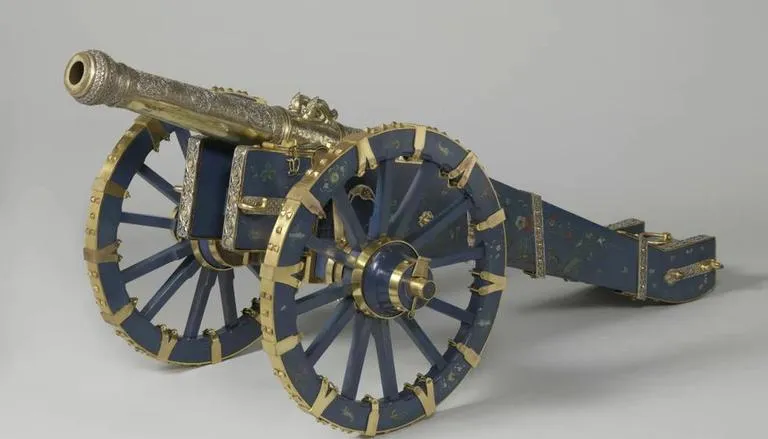In a significant move towards reconciliation with their colonial past, two Dutch museums have announced plans to return hundreds of cultural artefacts to Indonesia and Sri Lanka. These objects, ranging from a beautifully adorned cannon to precious metals and jewellery, were taken during the colonial era, often through forceful means.
The restitution of 478 “cultural objects” was announced by the Dutch government, reflecting a growing trend among Western nations to return looted artefacts and acknowledge the dark history of their colonialism. This act marks a step forward in addressing the consequences of colonisation and seeking to right the wrongs committed during that time.Similar initiatives have been seen in other countries as part of a broader reckoning with colonial legacies. In January 2023, a museum in Berlin declared its readiness to return hundreds of human skulls that were taken from the former German colony of East Africa. France also made headlines in 2021 by announcing the return of statues, royal thrones, and sacred altars to Benin, a West African nation.
Additionally, Belgium returned a gold-capped tooth belonging to Patrice Lumumba, a prominent figure in the struggle for Congolese independence.The restitution of these cultural objects from the Dutch museums is considered a historic moment. It marks the first time that such returns have been made based on the recommendations of the Advisory Committee on the Return of Cultural Objects from Colonial Context.
State Secretary for Culture and Media Gunay Uslu expressed the significance of this decision, stating that these objects should never have been in the Netherlands in the first place.The Advisory Committee, established in 2022, evaluates requests for restitution of artefacts from countries held in Dutch state museums. It is currently reviewing additional requests from Indonesia, Sri Lanka, and Nigeria, highlighting the ongoing efforts to address the colonial past and rectify historical injustices.Among the notable artefacts being returned to Sri Lanka is the Cannon of Kandy, a ceremonial weapon crafted from bronze, silver, and gold, adorned with rubies.
The cannon, featuring symbols of the King of Kandy—a sun, a half-moon, and a Sinhalese lion—has been in the collection of the Rijksmuseum, the national museum of art and history, since 1800. However, it was looted by troops of the Dutch East India Company during the siege and plunder of Kandy in 1765.Taco Dibbits, the director of the Rijksmuseum, hailed the decision to return the cannon and five other pieces as a positive step towards cooperation with Sri Lanka.
A formal ceremony is scheduled for July 10th, where the looted artefacts will be officially handed over to Indonesia at the Museum Volkenkunde in Leiden. This includes the Lombok Treasure, a collection of jewels that were looted from Lombok island.The return of these looted artefacts signifies a growing acknowledgment of the importance of restitution and the need to address historical injustices.
It is a step towards recognising the value and significance of cultural heritage to the countries of origin and fostering collaborative relationships between nations. As more countries undertake similar actions, it is hoped that the process of healing and reconciliation will continue to evolve, promoting a more inclusive and equitable approach to cultural heritage worldwide.
Feature Image: Cannon of Kandy which originated from Sri Lanka in the Rijksmuseum. Courtesy: AP
New research Reveals that German Museums House 40,000 Cameroonian Artefacts. To read click here

Contributor





